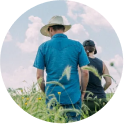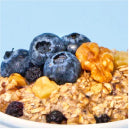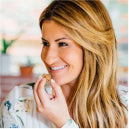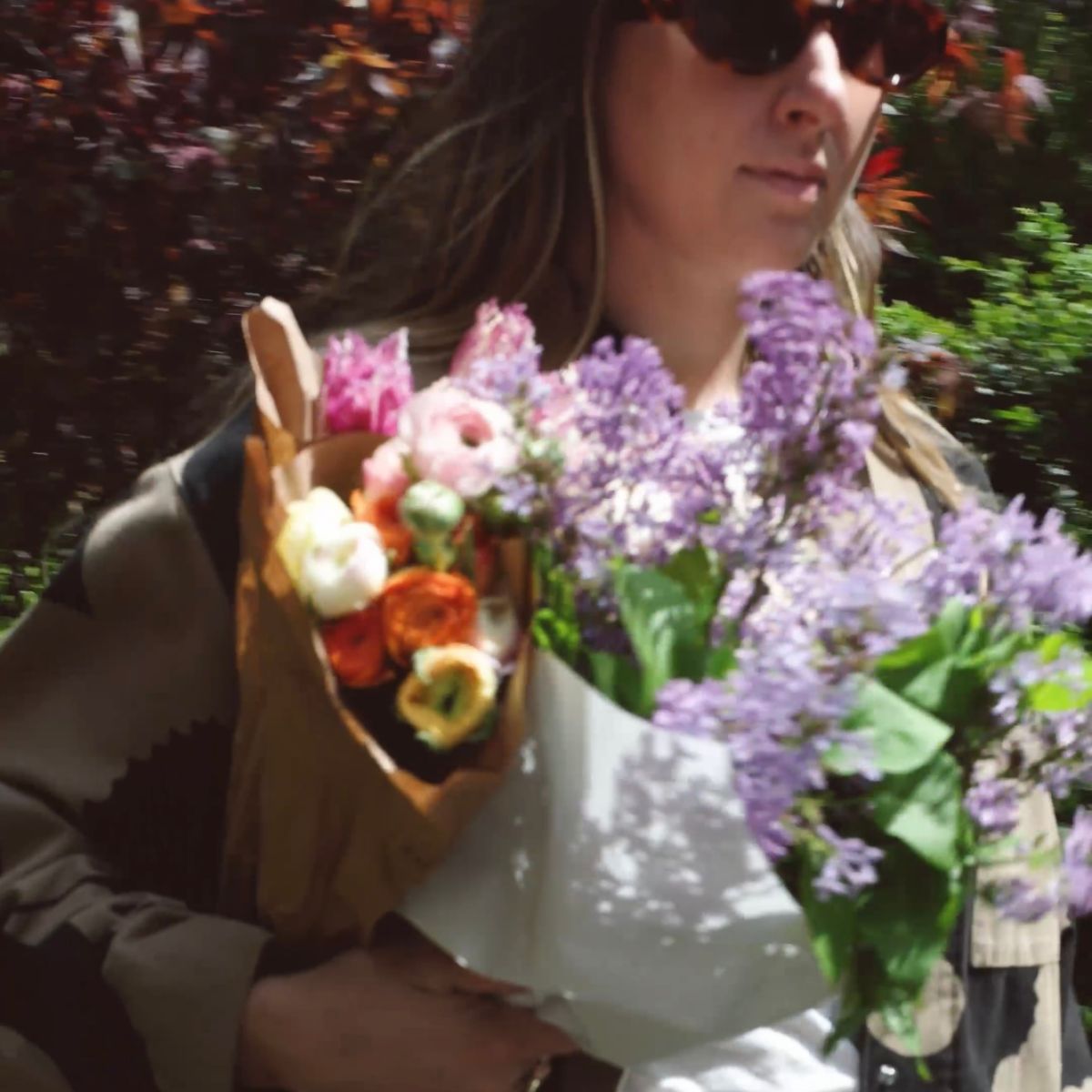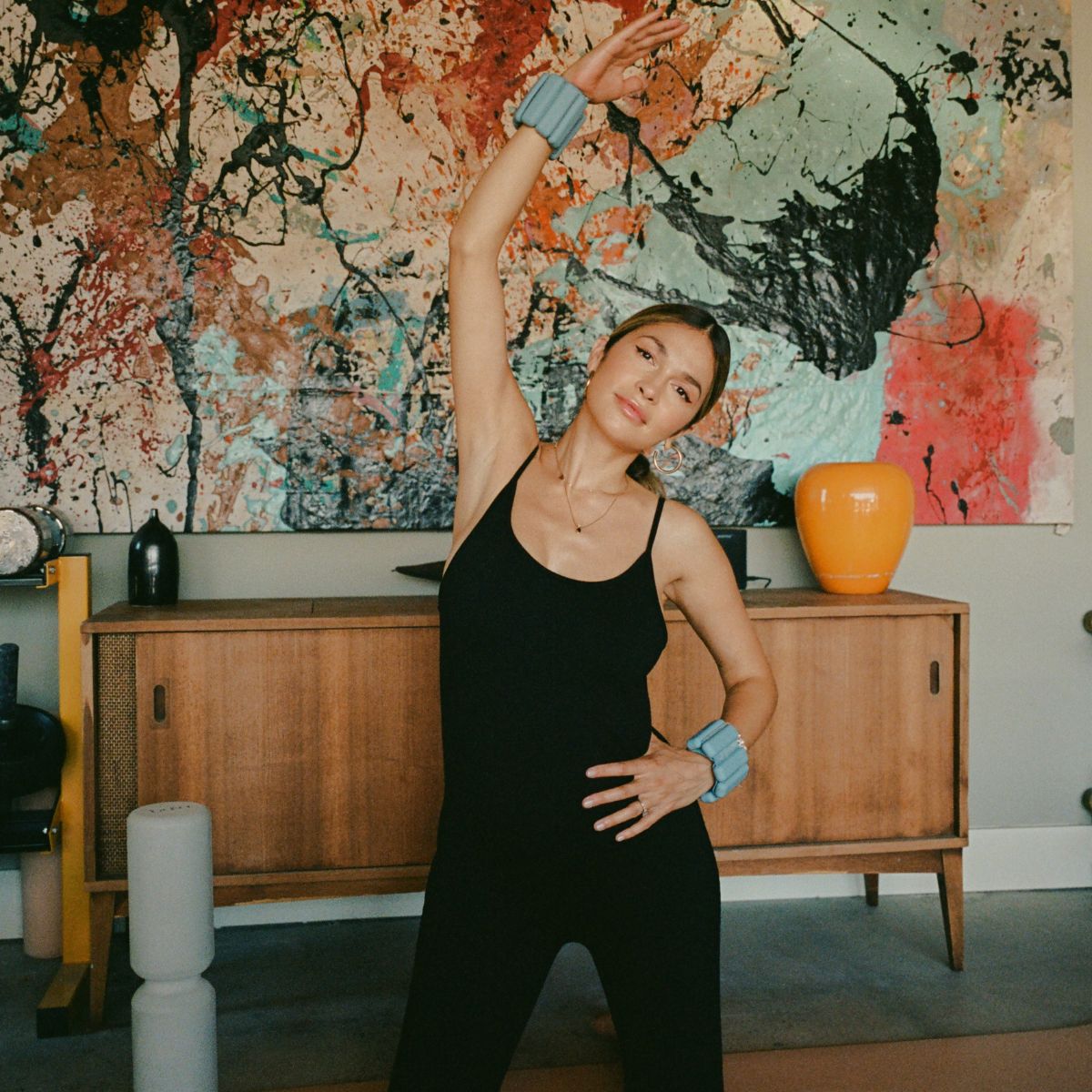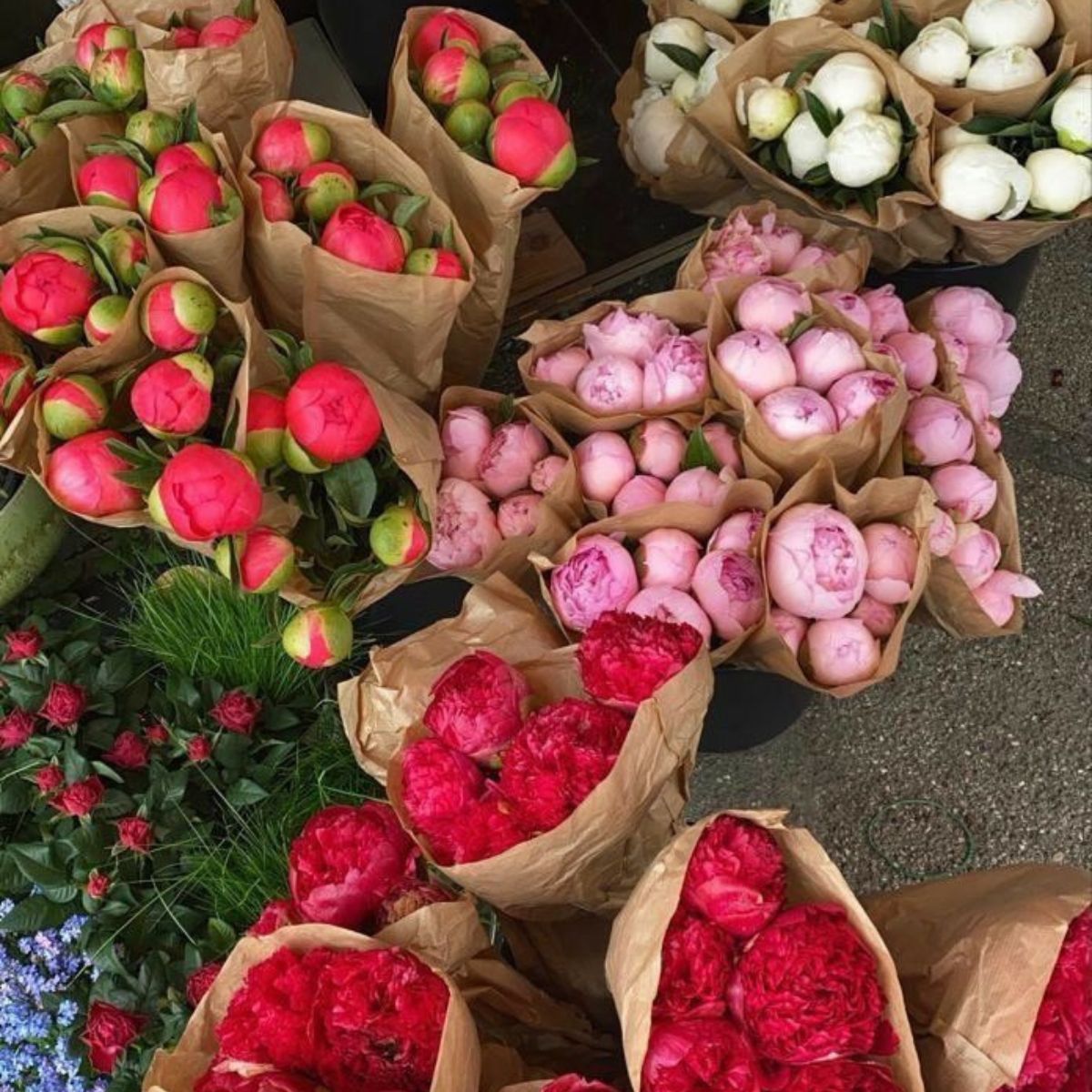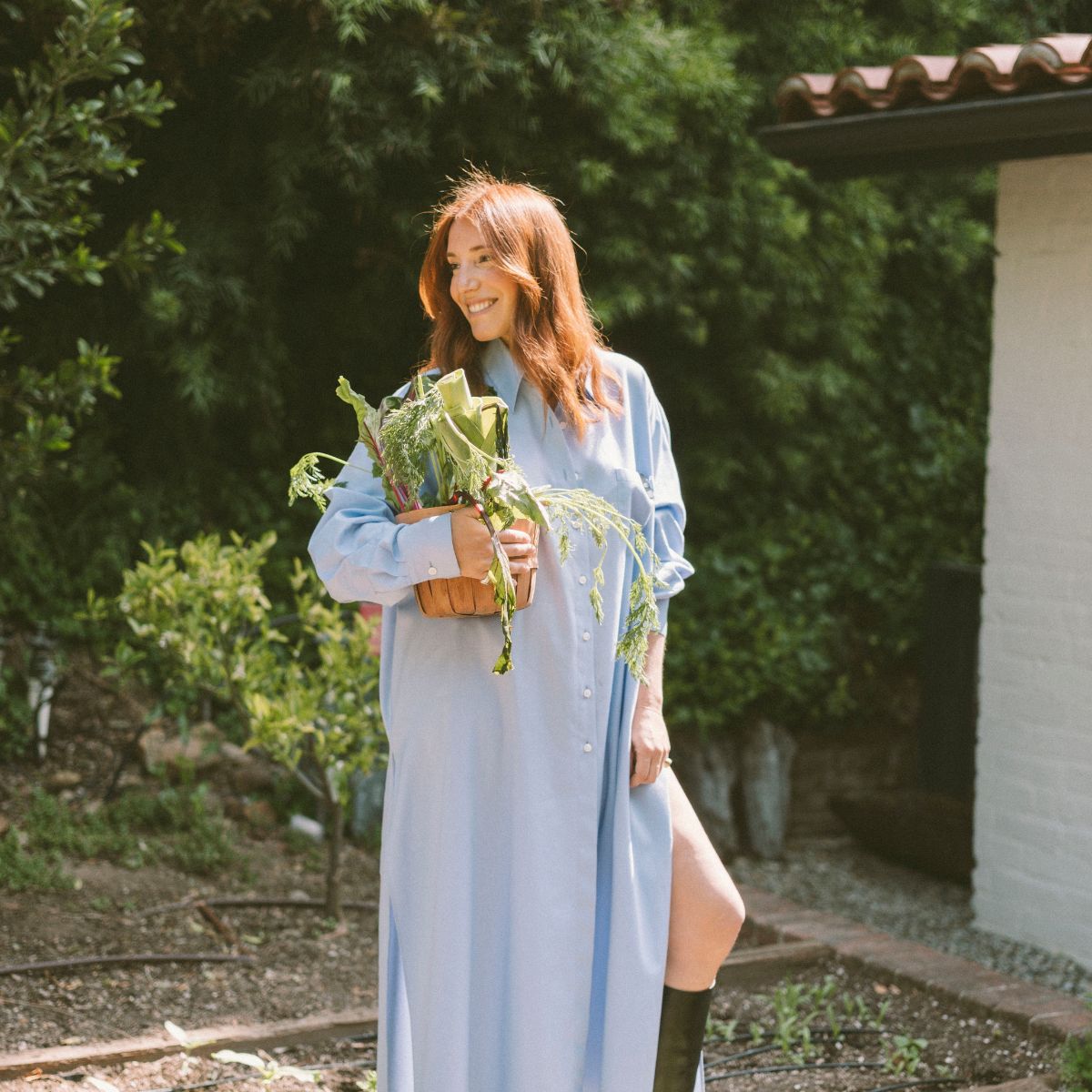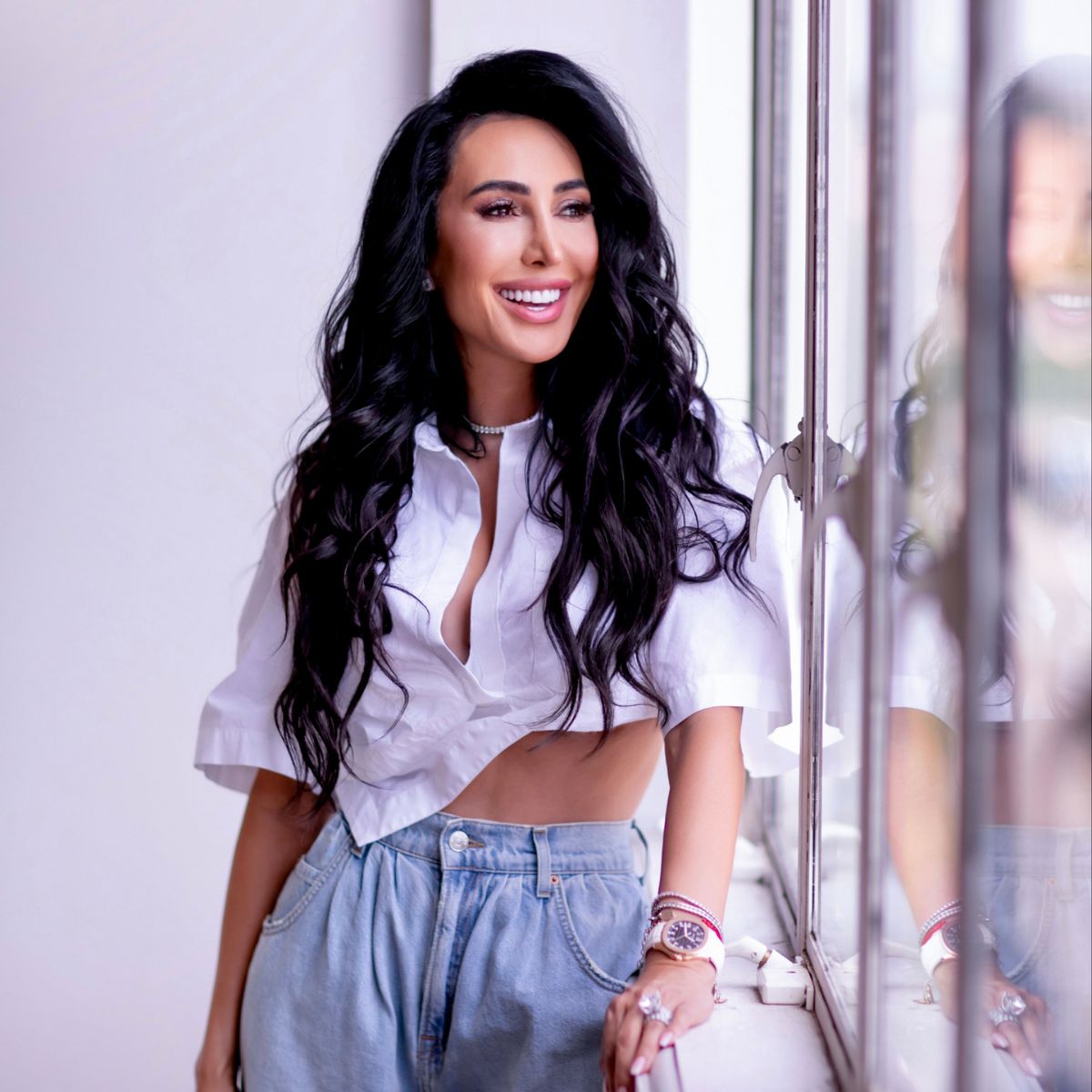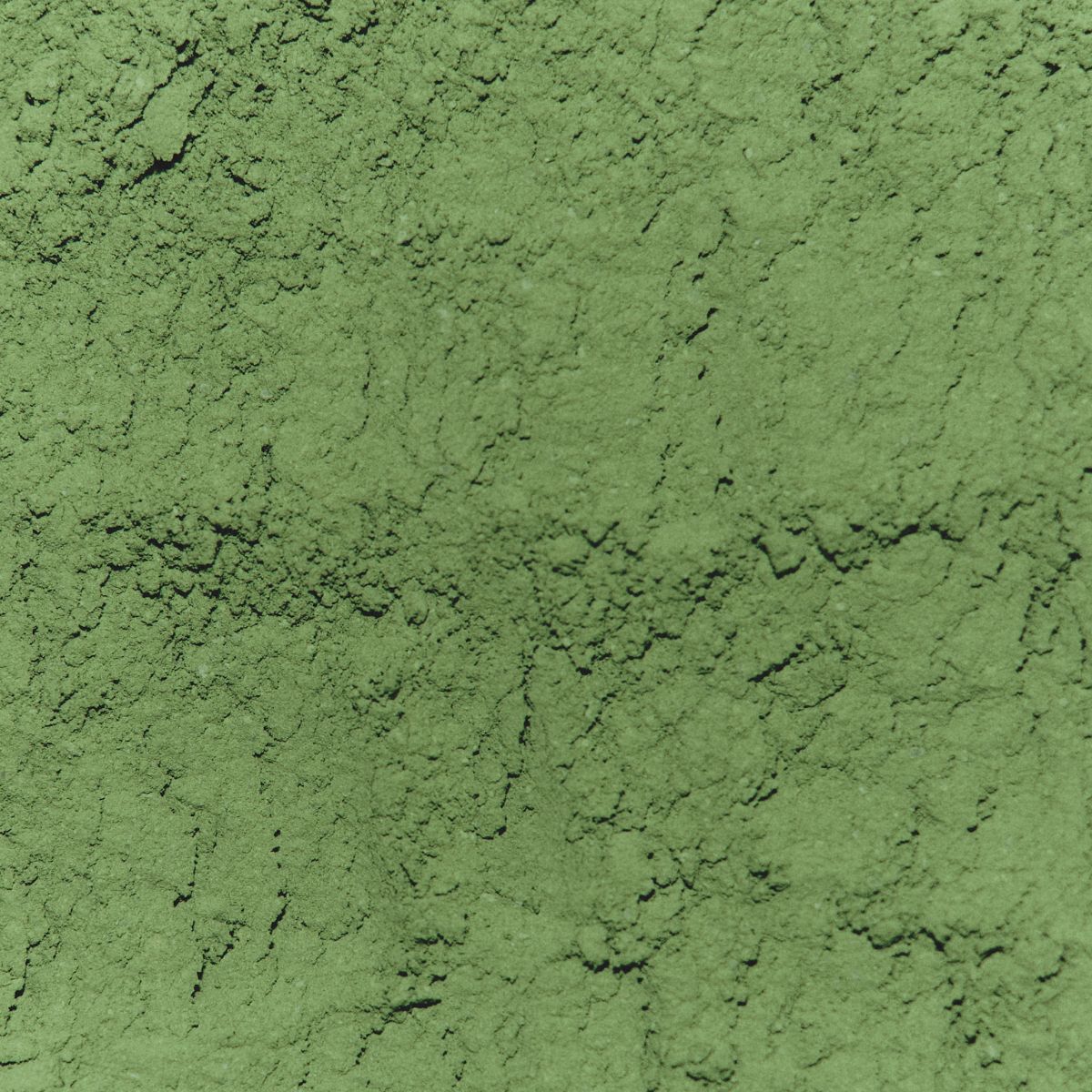Elizabeth welcomes Ariel Kaye, Founder and CEO of the home lifestyle brand Parachute. Since launching in 2014, Ariel and her small yet nimble team have evolved Parachute from premium bedding in a digitally native brand into a beloved household name in lifestyle with best-selling essential oils and 22 brick-and-mortar locations across the US. Ariel talks with Elizabeth about how she stays in a growth centered positive mindset and more about her original vision to continue creating products that are clean, super premium, and impact the customer’s sleep experience. She talks about how she draws inspiration for Parachute in many facets of life, how her team stays consistent in building community and listening to their customers, and what’s next for the brand including a big announcement in sustainability and climate-neutral certification.
